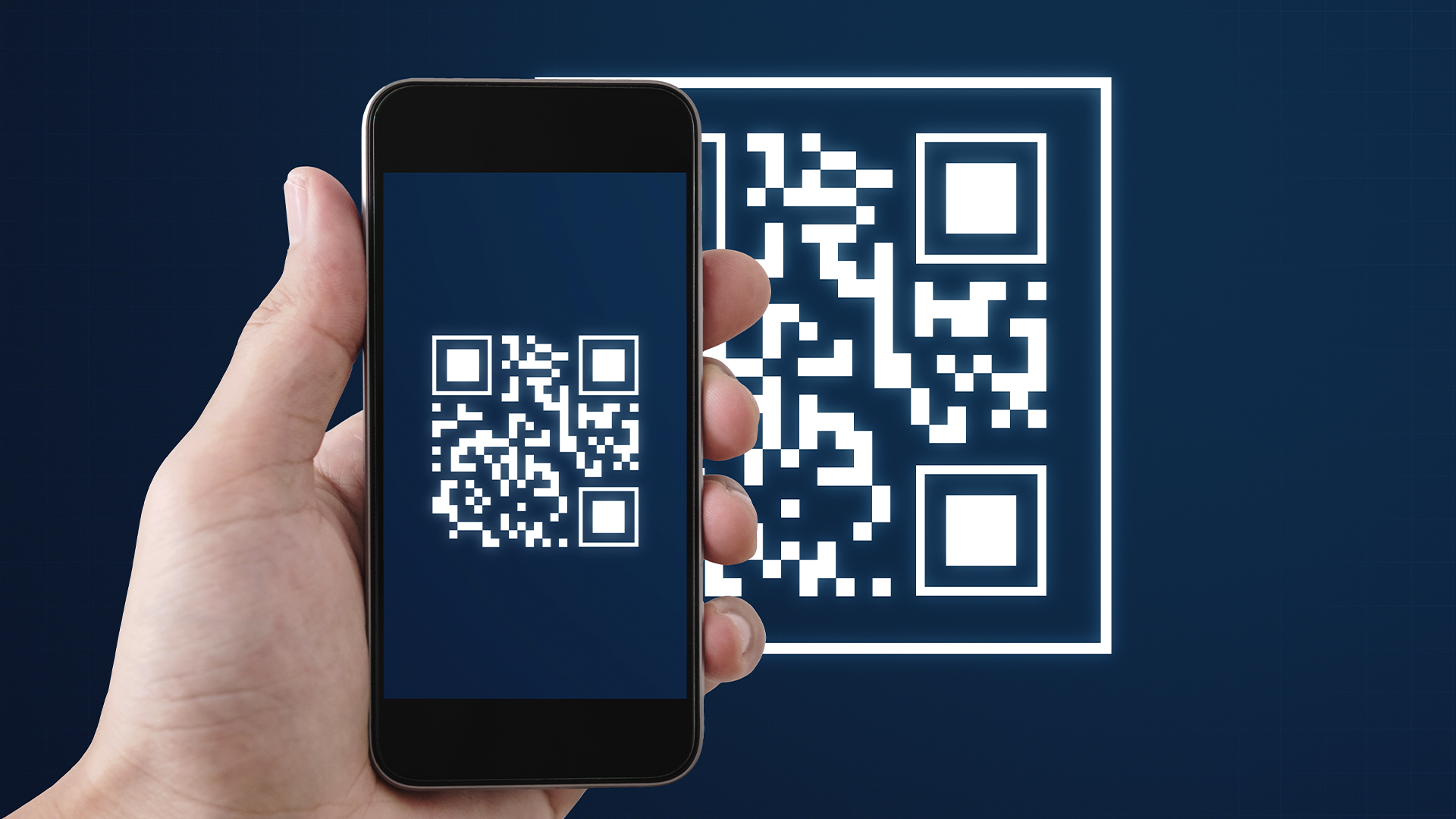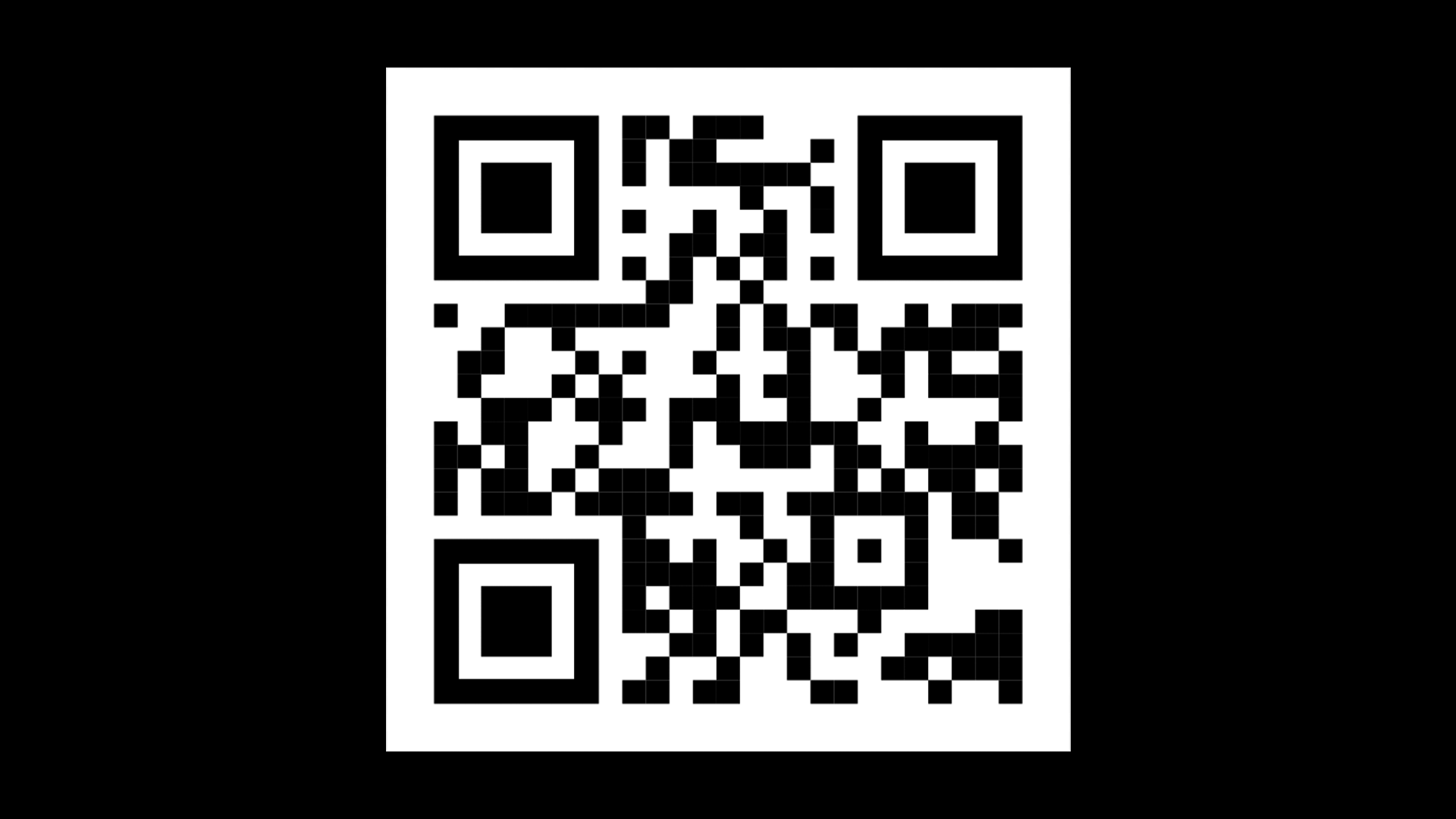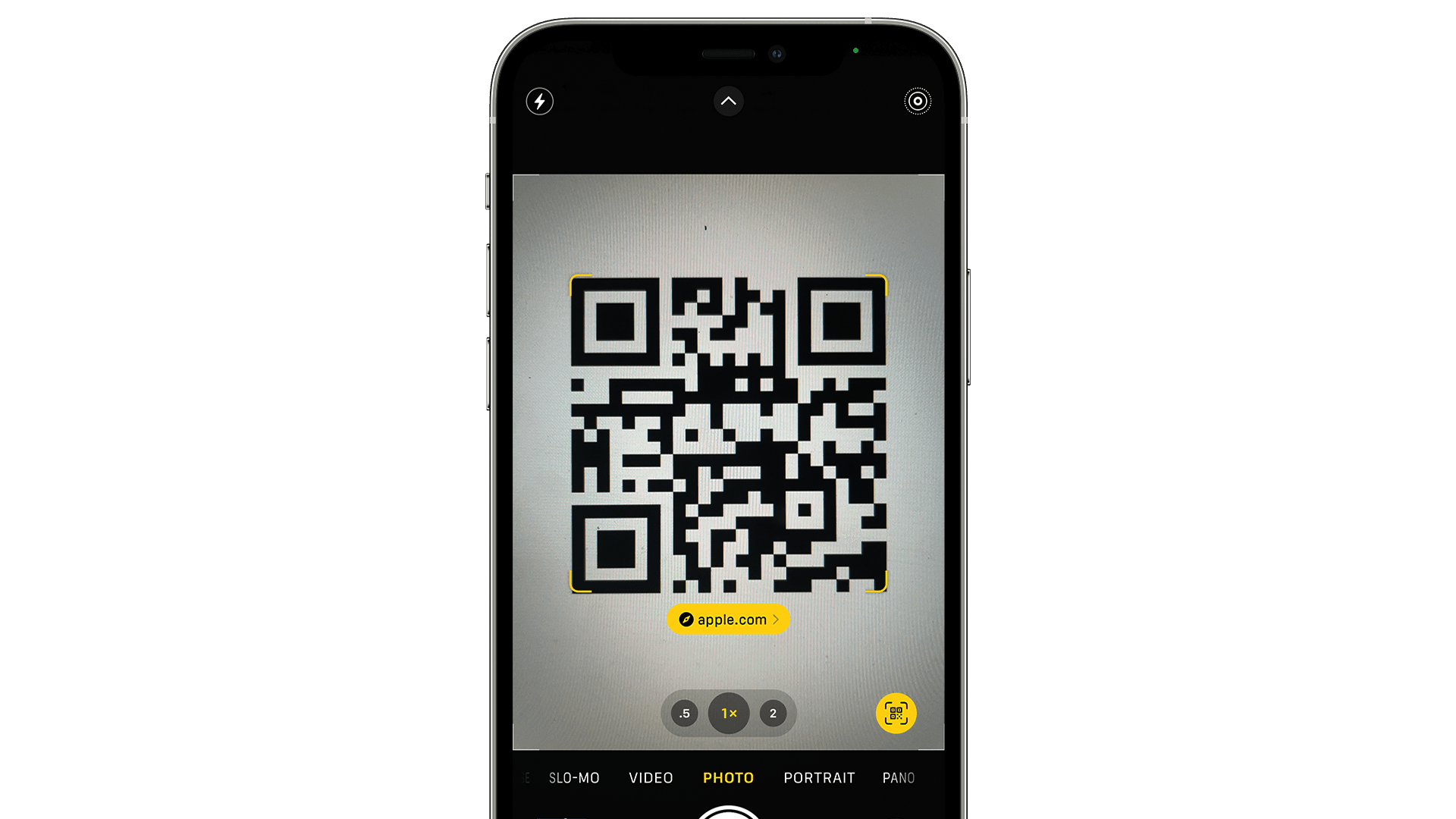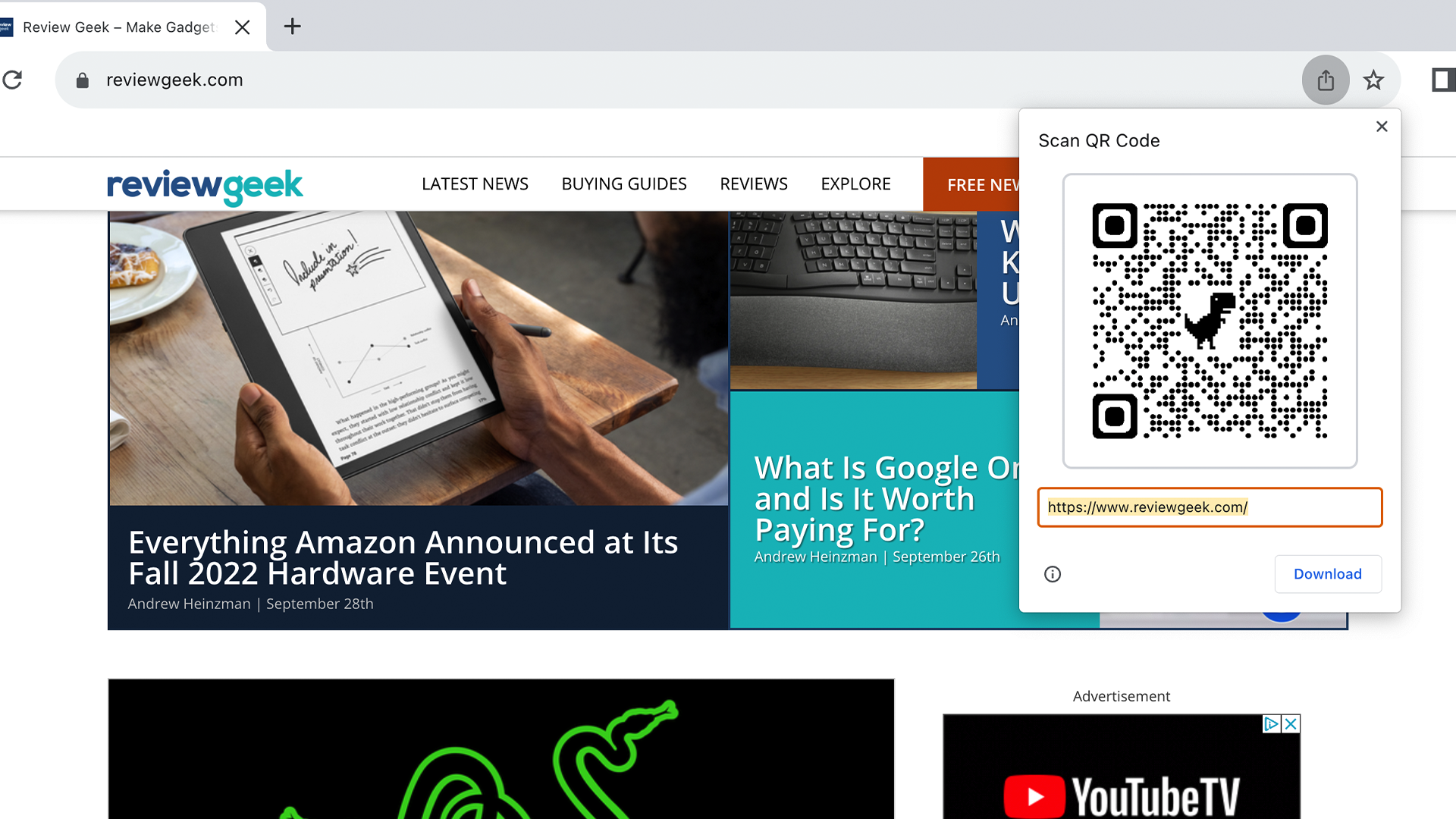Quick Links
The humble QR code often feels like a trend or an annoyance. But this technology, which is over 25 years old, is much more useful and brilliant than it seems. And once you learn how they work, you may find yourself generating QR codes and sticking them around your home!
What Is a QR Code?
The now-common QR code (short for "Quick Response" code) is a modern adaptation of the typical UPC barcode. It's a machine-readable label that contains data, which a computer or smartphone can interpret faster than plain text or code.
Traditional UPC barcodes contain just twelve numbers, which may correspond to a grocery item or another product. But a QR code can store significantly more data---7,089 numbers, 4,296 letters, or 1,817 Japanese Kanji. You can use a QR code to store and recall website URLs, shipping information, automotive parts numbers, and other complex information.
But in most situations, QR codes are just shortcuts to websites or apps. A fast-casual restaurant may use QR codes to show customers its online menu, for example, while a clinic might ask patients to scan a QR code and fill out web-based paperwork.
How Do QR Codes Work?
To human eyes, QR codes look like a bunch of random pixels. But the QR code design is ingenious---not only does it contain a ton of data, but it's purpose-built for quick, easy, and reliable scanning.
Notice the three large squares in the corners of a QR code. Computers use these squares to determine the code's orientation, so even if you scan a QR code upside-down, it will work correctly. (When a QR code is "upright," there isn't a huge square in its bottom right corner.)
The pixels directly outside of these large squares indicate a QR code's version number and, more importantly, its "format." If you make a QR code to share your Wi-Fi login, for example, it will use formatting to tell phones or computers, "this is the name and password for an internet connection."
And finally, there are the remaining pixels on a QR code. Some of these pixels are for error correction and "timing patterns," which simply increase a QR code's readability. But the bulk of these pixels represent raw data.
The data pixels on a QR code are clustered in small patterns, which communicate more information than simple black and white dots. And interestingly, this data is scanned both horizontally and vertically, which further increases data density. (Traditional barcodes are only scanned in one direction.)
Technically speaking, you can decode a QR code by hand. But you already have a QR code scanner in your pocket, so there's no need to treat this stuff like Nancy Drew.
Every Phone Has a Built-In QR Code Scanner
Modern versions of Android and iOS have a built-in QR code scanner. You don't need to download any apps---just open the camera on your phone and point it at a QR code. Depending on the formatting of this code, your phone may prompt you to open a URL, visit an App Store page, or log into a Wi-Fi connection.
Your phone can also scan QR codes from photos or images you've taken. On iOS, open the Photos app and find the photo you took of a QR code. Press and hold on the code, and a drop-down menu will give you options like "open this URL."
On Android, this process requires Google Lens or Google Photos. In Google Lens, open your photo of a QR code, and it will scan automatically. If you're using Google Photos, open an image of a QR code, press the three-dot menu in the right corner of your screen, and select "search." (This process also works in the Google Photos app on iOS.)
Obviously, you shouldn't scan random QR codes that you don't trust. Scammers may use these codes to redirect people toward malicious websites, or connect users to insecure networks. But your phone will always ask if you want to interact with a code you scan, and QR codes are usually safe, so just use common sense and you'll be alright.
How to Create Your Own QR Codes for Free
Unlike UPC barcodes, which are regulated, QR codes are an open standard. Individuals or businesses can generate and use QR codes for free, without any licensing or registration. Unfortunately, most QR code generators cost money.
But there are plenty of ways to generate QR codes for free. If you're using Google Chrome or Microsoft Edge on desktop or mobile, you can create a downloadable and printable QR code for any URL---just open the website of your choice, press the share button (the box with an arrow in your toolbar), and select "Create QR Code." (Browser extensions can duplicate this functionality in Firefox or Safari.)
And if you want to quickly share your Wi-Fi password with a friend, you can simply make a QR code from your phone's internet settings. When scanned, this QR code will prompt a user to automatically join a Wi-Fi network. You can even print it out and stick it on your fridge, if you're so inclined.
Bear in mind that the information on a QR code is "static," meaning that it can't be updated or changed. If you run a business, I suggest looking into "dynamic" QR code services. Such services, which usually cost money, let you print a redirect link on a QR code. You can change where this link points to at any time, effectively "changing the URL" on a QR code you've already printed.




